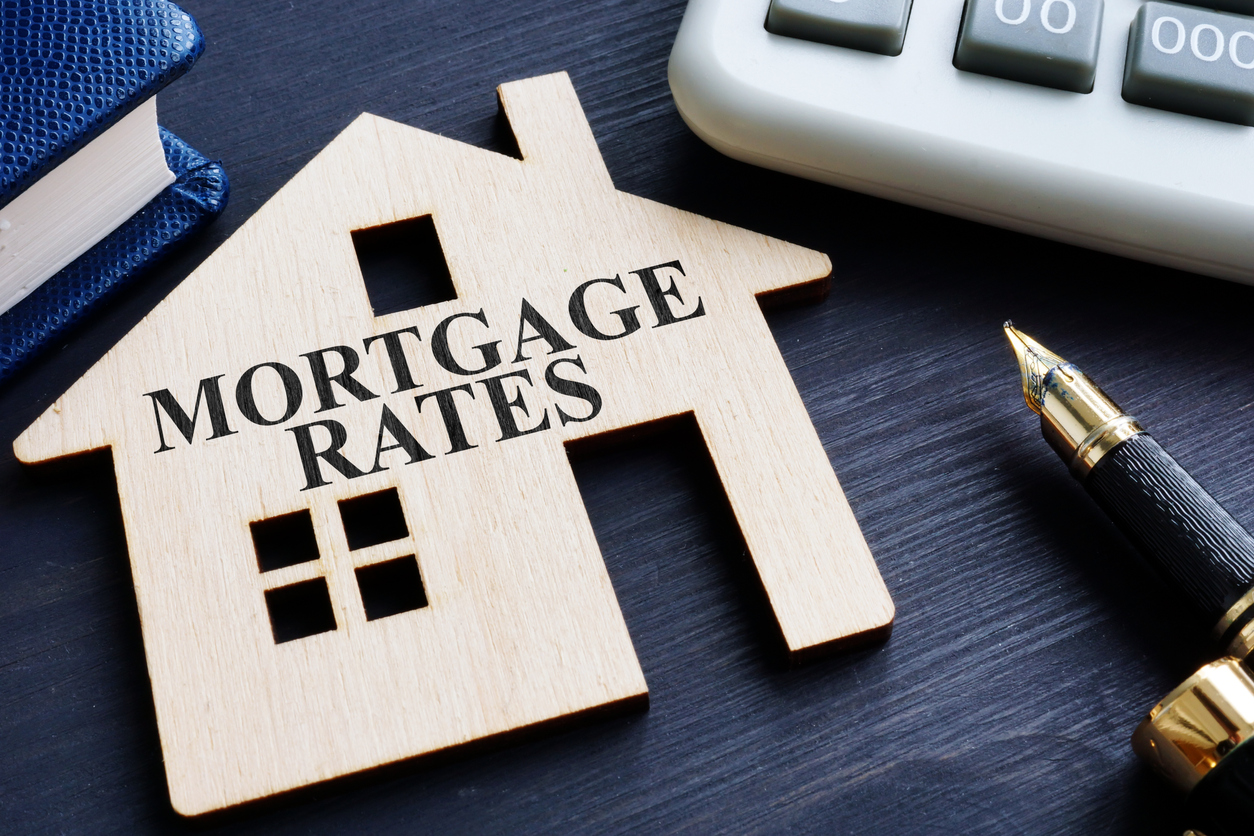
By Jennifer Calonia
Owning a home comes with its rewards — it’s an investment, a cozy haven to kick-up your feet after a long day of work, and a welcoming place to bring family and friends together. Although all of this makes homeownership fulfilling, owning a home also opens the door for unexpected (but necessary) expenses.
If you’ve suddenly been hit with a home improvement project that’s pinching your budget, like a roofing issue or heater malfunction, a personal loan might be an option to help cover the cost.
What is a personal loan?
A personal loan is an installment loan that’s typically issued by a bank, credit union or online lender. According to the Federal Reserve, the average interest rate on a two-year personal loan is 10.70% but varies depending on your credit score and other criteria. Some lenders offer repayment terms anywhere from 12 months to five years.
A benefit of using a personal loan for emergency home improvement projects is that the approval process is generally quick so you can address urgent home repairs sooner. Some online lenders can run a credit check, approve your application and send funds your way with a couple of days. The approval process for banks and credit unions, on the other hand, can take anywhere from a couple of days to a couple of weeks, if the lender needs additional information.
How to find a personal loan
If you’ve decided that a personal loan makes sense to fund your next home project, make sure you’re aware of these next steps.
1. Assess your budget
The last thing you need is taking out a personal loan only to realize after the fact that you can’t afford to repay it. Calculate how much you realistically need for your home improvement project, giving yourself a reasonable buffer for unforeseen repair expenses (e.g. permit fees, price changes for a specific material, etc.)
Then, tally your monthly income and financial obligations to ensure you still have enough cash on hand to keep the lights on and make monthly installments toward your loan. Using a spreadsheet or budgeting app can help you track these numbers easily.
2. Know your credit score
Generally, you need a good credit score to get approved for a personal loan. Your credit score is one of the key factors that lenders use to determine whether your application is approved, and a higher credit score results in a lower interest rate offer.
Check your credit score with the three credit bureaus to ensure there isn’t an error or suspicious activity that might inadvertently lower your credit score. For a free credit report, go to AnnualCreditReport.com to see where your credit stands before moving forward in the process.
3. Compare rates and terms
When you’ve confirmed that you have a good credit score that can get you competitive interest rates, it’s tempting to accept a loan from the first lender that approves you. But like other major purchases, it’s important to shop around.
Compare interest rates, annual percentage rates (APR), and term durations available, and read the fine print for any conditions or fees that might offset any benefits.
To start, try reaching out to your existing financial institution first to see what they can offer; sometimes credit unions, in particular, offer rate incentives for loyal members. Also, consider using a personal loan aggregator website to compare offers from multiple online lenders at once (just do your due diligence to ensure the site is legitimate).
4. Submit an application
If you’re ready to submit an application, you can either complete a form online or apply in-person, depending on your lender. Although all lenders require different information to process a loan application, some common information to prepare ahead of time include:
- Personal information
- Income
- Employment information
- Reason for the loan
- Amount you want to borrow
To minimize any delays on your end, it’s helpful to prepare copies of verification documents, such as a driver’s license, proof of address like a utility statement, information about your home and pay stubs. Your prospective lender will likely reach out to you if they need any other information to make a decision.
Although it’s always best to have emergency savings set aside for a sudden home improvement project, turning to a personal loan is a useful option when you’re pressed for funds and time. As urgent as your project might feel, however, always take the time to do your research to ensure you’re making the right move for your situation.
Jennifer Calonia is a native Los Angeles-based writer for Upstart whose goal is to help readers get excited about improving their financial health and lifestyle. Her work has been featured on Forbes, The Huffington Post, MSN Money, Business Insider, CNN Money, and Yahoo Finance. When she’s not wordsmithing, you can find her outdoors, exploring state and national parks.
The post How to Cover Unexpected Costs with a Personal Loan appeared first on Fort Collins Real Estate | Fort Collins Homes for Sale & Property Search.







